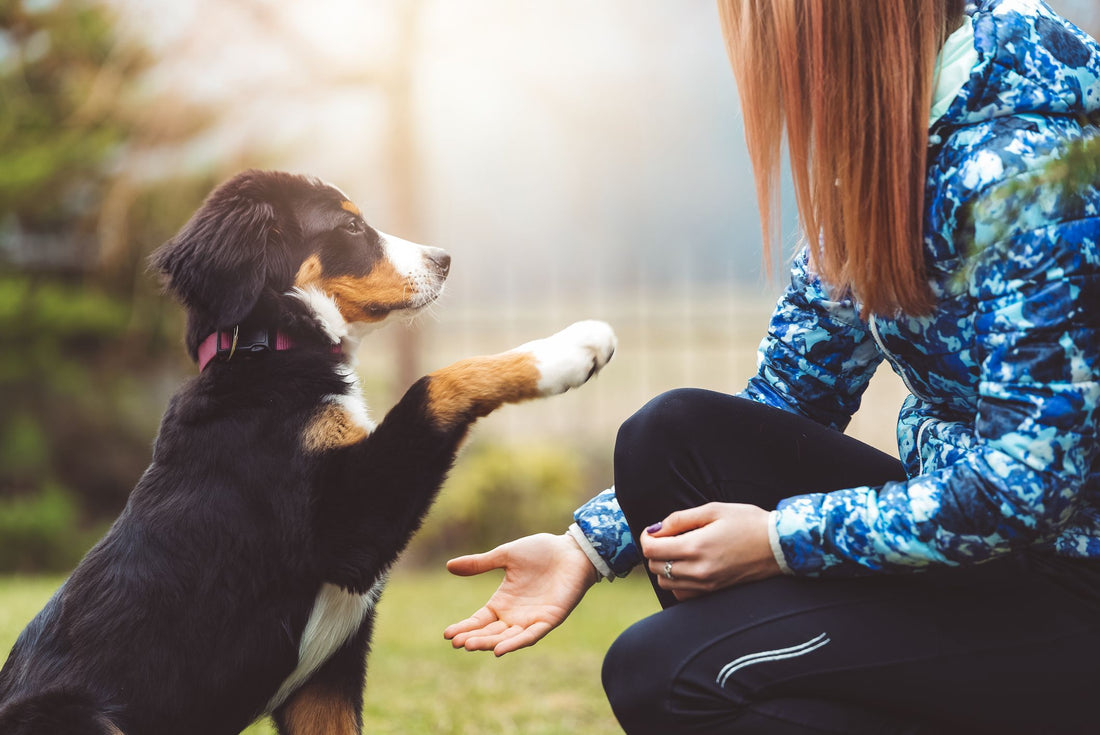Embracing the role of a puppy parent comes with a wealth of joyous moments and, equally, a handful of new challenges. A significant milestone in this journey is puppy training. This detailed guide will assist you in navigating the nuances of house training, basic command training, socialization, and crate training.
Understanding Your Puppy's Behavior
The bedrock of successful puppy training lies in understanding their behavior. Like young children, puppies are inquisitive, sometimes playful, and occasionally timid as they explore their surroundings. They might not always understand what you want from them initially. Embracing this understanding will ensure you approach training with the necessary patience and kindness.
House Training Your Puppy
House training is often one of the first hurdles new puppy owners encounter. Establish a routine for your puppy, including feeding times and potty breaks, usually needed after meals, playtime, and naps. Consistency is crucial here.
When your puppy successfully does their business outdoors, celebrate this with positive reinforcement such as praise or treats. Accidents will happen, but it's important to remain patient. Never punish your puppy for an accident, instead, quietly clean it up and continue with the routine.
Teaching Basic Commands
Teaching your puppy basic commands like "sit," "stay," "come," and "leave it" can significantly enhance your communication and bond. Start with a simple command like "sit". Hold a treat above your puppy's nose, move your hand up, allowing their head to follow the treat causing their bottom to lower. Once they're in sitting position, say "sit," give them the treat and share affection.
Puppy Socialization
A well-socialized puppy grows into a confident and happy dog. Introduce your puppy to various people, environments, sounds, and other animals to enhance their social skills. Ensure these experiences are positive and free from stress or fear. Begin with short, controlled encounters and gradually increase the intensity as your puppy becomes more confident.
Crate Training
Crate training your puppy provides them with a safe haven and aids in house training. The crate should be comfortable, with enough room for your puppy to stand, turn around, and lie down, but not so much space that they might have an accident in one corner. Introduce your puppy to their crate gradually, starting with short periods and increasing over time as they become more comfortable.
Conclusion
Puppy training is an ongoing process that requires a good dose of patience, consistency, and a lot of love. This detailed guide should provide a strong foundation for your puppy training endeavors. Remember, each puppy is unique and will learn at their own pace. Enjoy the journey of raising your furry companion.

